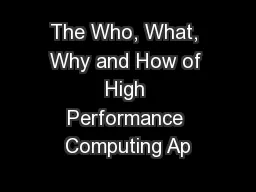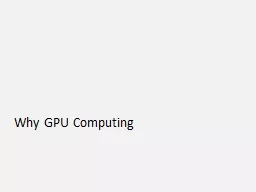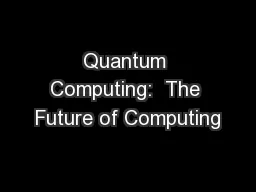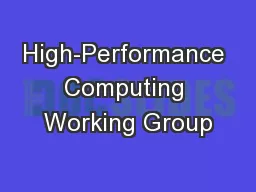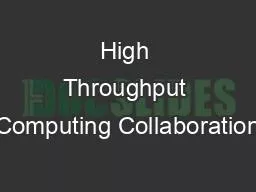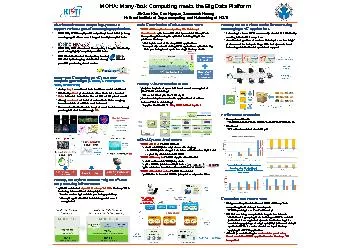PPT-The Who, What, Why and How of High Performance Computing Ap
Author : trish-goza | Published Date : 2017-11-05
Soheila Abrishami 1 Introduction Cloud computing is emerging as an alternative to supercomputers for some of the highperformance computing HPC applications that
Presentation Embed Code
Download Presentation
Download Presentation The PPT/PDF document "The Who, What, Why and How of High Perfo..." is the property of its rightful owner. Permission is granted to download and print the materials on this website for personal, non-commercial use only, and to display it on your personal computer provided you do not modify the materials and that you retain all copyright notices contained in the materials. By downloading content from our website, you accept the terms of this agreement.
The Who, What, Why and How of High Performance Computing Ap: Transcript
Download Rules Of Document
"The Who, What, Why and How of High Performance Computing Ap"The content belongs to its owner. You may download and print it for personal use, without modification, and keep all copyright notices. By downloading, you agree to these terms.
Related Documents

